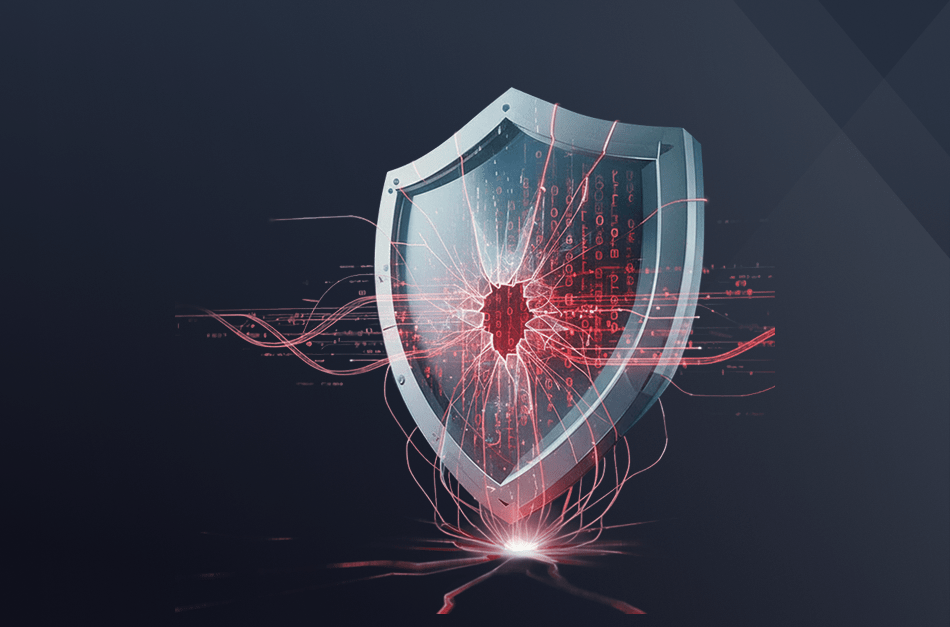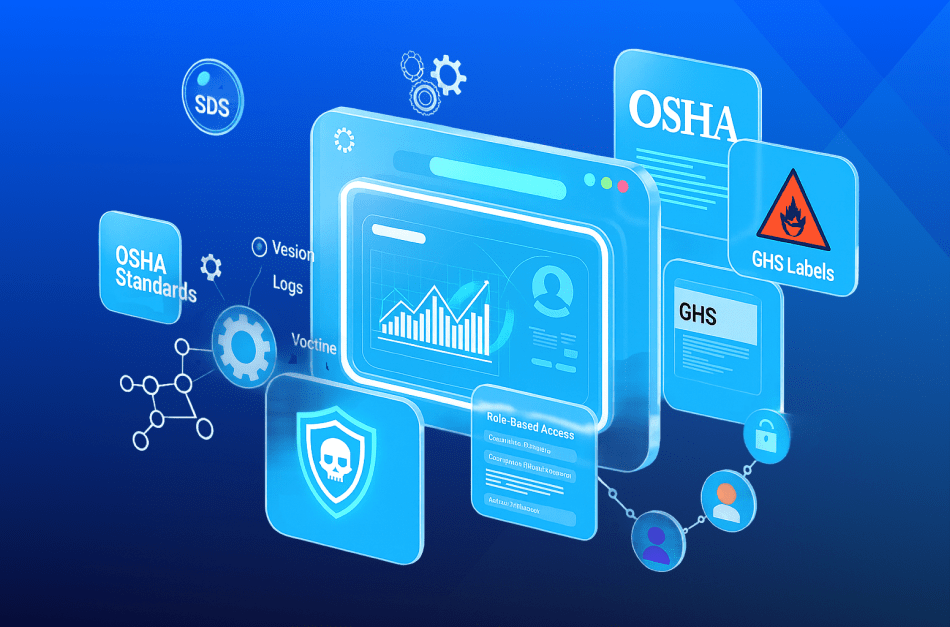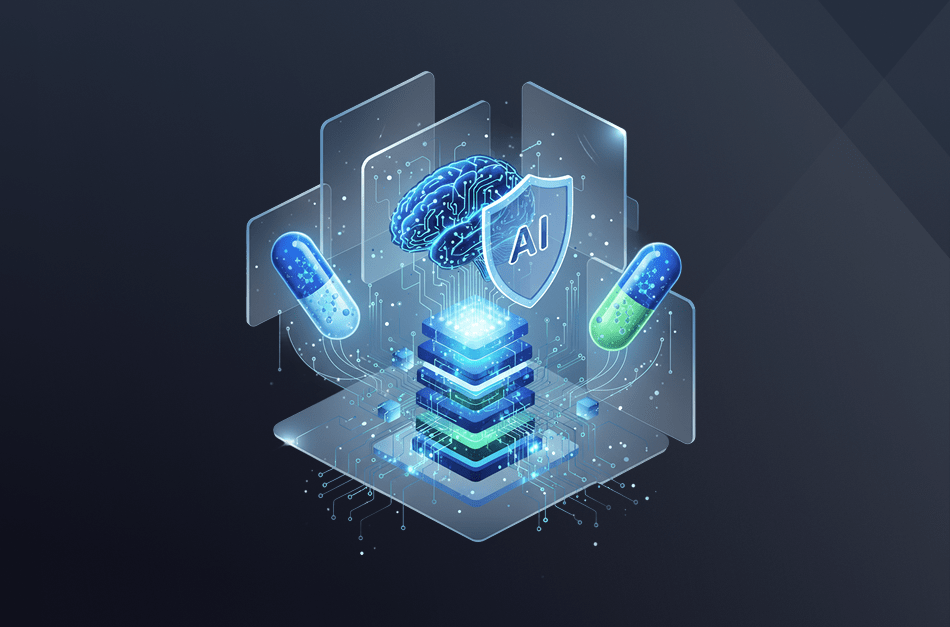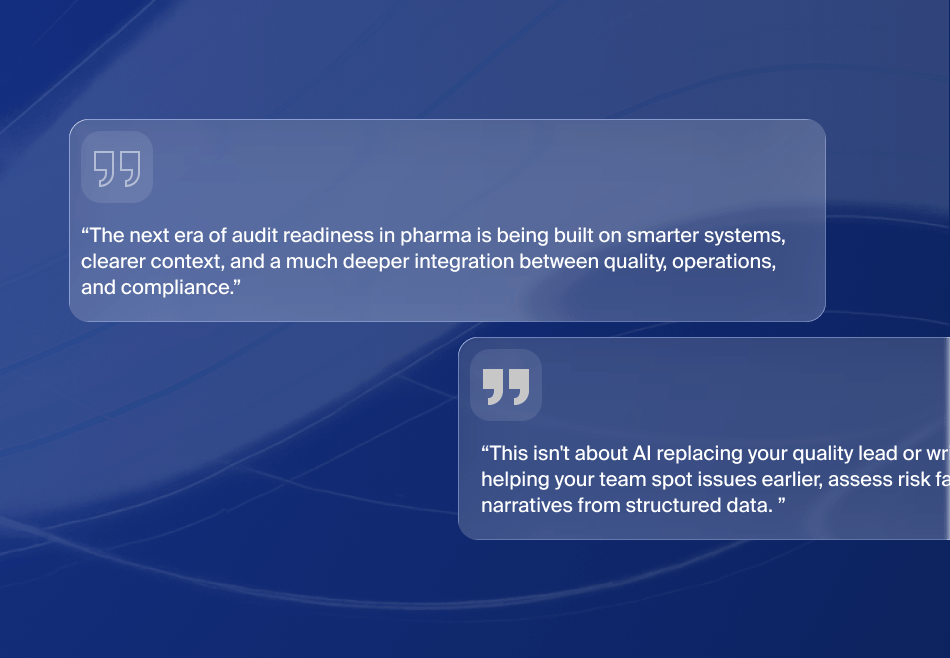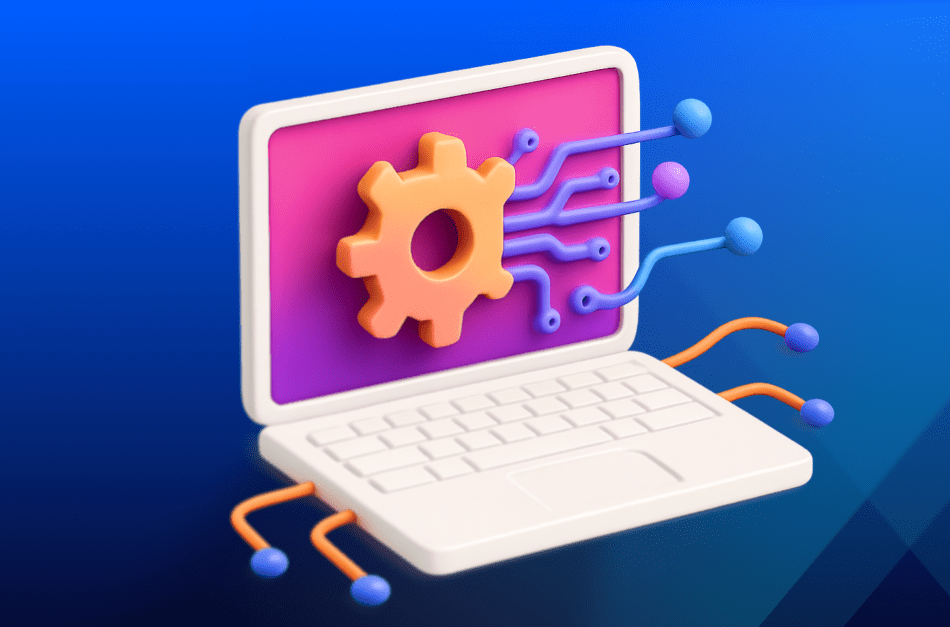Introduction
Have you seen a dip in your ERP system performance? Is your system breaking down every now and then? Is your current ERP able to support your rapidly growing business? As business transactions increase with time, you may notice spikes in system inefficiencies. You cannot expect to improve the company’s overall productivity with a legacy system that is barely functioning and outdated. You cannot report actionable insights while dealing with bad data and inefficient processes. By now, you have enough indications that your business is outgrowing the current ERP system. However, like most companies, you probably hesitate to transform your ERP, as there is an inherent fear about the cost of transformation and the company’s inability to accept change.
Three-fourths of ERP transformation projects fail to stay on schedule or within budget, and two-thirds have a negative return on investment.
Interestingly enough, the above stat also forces companies that desperately need an ERP change to be better planned and prepared for the transformation. Companies that cannot transform quickly soon become irrelevant.
The only thing harder than transformation is, failing to transform.
Many industry insights have proved that the rate of failure is significantly higher when organizations are unable to embrace change. There are various reasons to move on from your existing legacy systems. Read on to know more about the five reasons you need an ERP transformation.
1.Your current ERP system does not have systemic collaboration capabilities Most old-age ERP systems run in silos and process transactions independently for each department. Some don’t even have cross-functional capabilities. This can pose an issue when you are trying to eliminate inefficient business processes. Archaic ERP systems rely on manual/paper-based methods for inter or intra-departmental collaboration. You rely on your team’s verbal communication and expect them to be on top of their tasks, especially while handing them off to other departments. Most of the process inefficiencies arise due to poor communication. For example, your manufacturing and finance departments interact manually or through paper. As the volume of work orders goes up, the teams quickly lose track of operations that need to be verified and closed out. These delays can cause inventory inaccuracies and bad data.
Figure: 1A real life manual production process prior to transformation
Notice the number of failure points in the above figure. Now imagine many of these failure points across different production scenarios. While some organizations are very good at tracking manual communication, the onus is always on the team to communicate effectively and move work orders forward. Secure, streamlined, efficient collaboration is the focus of most modern-day companies. Businesses that want to succeed will empower their team to collaborate from anywhere effectively.
2.Your ERP system does not have embedded advanced analytics and BI dashboards Most Agile companies prefer Analytics and BI dashboards within their operational ERP systems. Organizations with profitability as their primary objective always favor tracking efficiencies and inefficiencies. Success or failure depends on the ability to respond to aberrations instantly. BI applications are separate from an operational ERP system by design. A powerful BI application collates data and provides analytical insights. Integrating an obsolescent ERP to a standalone analytics application is cumbersome and does not offer real-time analytical reports. You may lose the capability of embedding a quick and easy BI dashboard onto your ERP that provides real-time progress reporting.
Ultimately, the more visibility you have of operations, the better equipped you are to make accurate business decisions. Once you notice an inability to report actionable insights, it is time to move on to a new ERP with better systemic capabilities and real-time reporting.
3.Your ERP system cannot leverage the power of AI and process automation It is a known fact that various industries have embraced AI to enhance their ability to predict user behavior. The prediction criteria include historical data, continuously improving processes, day-in-the-life activities, and adaptability to process improvements. On a similar token, many modern companies have adopted process automation to increase overall operational efficiency. AI and process automation are not just fancy technologies for larger companies. They are active enhancers that also help small and midsize companies to grow their businesses. Without your ERP integrated into AI, the system will not have the capability of continuous learning-to-enhance productivity. If you are still on an out-of-date ERP system, the chances are that you cannot leverage the power of Artificial Intelligence and process automation. When combined with advanced analytics, AI improves your supply chain’s end-to-end visibility and predicts possible disruptions before they occur. It now calls for a business decision if you are willing to decommission a legacy system that cannot utilize AI’s potential and plan your move to a modern platform.
4.Your current ERP system is less secure and more susceptible to data breaches Companies that are functioning on legacy systems tend to be more vulnerable to security threats and data breaches. You may not have the ability to protect your data and audit ‘who did what’ in the system. Most businesses store sensitive information like customer pricing, credit card numbers, employee records, company’s intellectual property, formulations, etc. If you are on an aged ERP, it may be challenging to ensure data privacy and security. Losing Information can be daunting, especially if you have no secure backups of data. How do you ensure that unauthorized access has not occurred and your information is not compromised?
Responsible companies do not risk customer information. They agree that short term pain and cost of an ERP transformation will any day benefit them, eventually leading them to long-term business gains.
5.Your current ERP system is not Agile and cannot accommodate incremental business needs An interesting question to ask yourself is if your technology can adapt to business process changes without customizing the system and violating industry best practices? Antiquated ERP systems are equivalent to following age-old processes. Enough research is done on this subject to help companies move away from outdated business practices and procedures. Companies are now choosing to be more nimble with changing times and stay afloat in a highly competitive market. Many companies within your sector may have already made the shift to newer, agile technologies – giving them the potential to outrun you in competition. Agile companies have the flexibility to function with higher efficiency, better ways to interact with customers/business partners, manage tasks smartly, and optimize resource utilization.
Research shows that agile organizations have a 70 percent chance of being in the top quartile of organizational health, the best indicator of long-term performance.
As market dynamics change, the way you run your business should adjust accordingly. If you want to move out of working exhaustively, it is high time your company transforms towards being agile.
Why do companies move slowly to initiate the ERP implementation?
Below are a few hindrances that stop companies from moving forward with a technology transformation that will drive organizational change –
- 1.Cost of the changeover.
- 2.Businesses have difficulty following an implementation methodology that may challenge their current way of functioning.
- 3.Companies don’t have an internal change agent who can set end-user expectations, make tough decisions that may impact job descriptions and trigger a reorganization.
How do you overcome these challenges to move forward?
- 1.Have a set budget. Take a crawl, walk and run approach to the transformation.
- a. Crawl – Lift and Shift. Map your current business processes and convert them to the new system.
- b. Walk – Stabilize in the new environment, including handling issues, fixing them and maximize business operations.
- c. Run – Leverage all the additional optimization features on the application to boost the business.
- 2.Agree to a methodology that works for your company and doesn’t create too much resistance to convert.
- 3.Look for the right internal champion who understands the business and can manage user expectations effectively, especially when it comes to business changes that make users uncomfortable.
Final Thoughts
- If you cannot move out of an old ERP system, your business challenges will continue to persist – further increasing sunk costs and lost time in the battle of quality vs. efficiency vs. cost of transformation.
- Chalk out your organizational goals for the next five years to clarify why you should transform your business into a modern – agile ERP system and list your transformational goals.
- Prioritize your ERP transformation into different phases by starting with lift and shift – to move your core business functions into the new system, and eventually implementing process optimization to utilize the real power of your new ERP.
Begin Your ERP Transformation With Assessment.






